Go on a whisky tour of the world while bypassing Scotland, the bastion of malted nectar? We accepted the challenge and discovered 10 new favourites, some in the unlikeliest places.
#10. Hellyers Road Peated.
The Hellyers Road is developed in Tasmania, Australia from local barley and is available in three varieties depending on the degree of peating malt: original, slighty peated and peated. With notes of ash, smoked fish, iodine, hummus, the latter will please fans of heavily peated whiskys. Of course, if ash isn't a taste you want lingering on your tongue, go with the less radical 'slightly peated'.
#9. Amrut Two Continents.
Tree-huggers, you're going to have to ignore the heavy carbon footprint here. Amrut Two Continents is made using barley collected from the foothills of the Himalayas in India, then distilled in Bengaluru before being shipped off to a secret European location to mature in oak casks. The complex nectar begins with a refreshing liveliness before the spicy finish.
#8. Slyrs.
It's enough to make whisky aficionado Winston Churchill turn in his grave. Germany produces whiskey? And in Bavaria, where beer is king! Beech is used to smoke the barley instead of peet and the distillation process is carried out very slowly. The result: Slyrs's sweet taste with notes of biscuit, honey and herbs, matching that beautiful golden hue.
#7. Bere Barley.
Always one to stand out, Michel Couvreur wanted to express malt in its raw purity, using the ancient (and almost unused) bere barley at the heart of his French-made whisky. The resultant single malt waits sixteen years before meeting its final owner, though the years do nothing to mellow the spirit of this unique drink.
#6. Hammer Head.
Do not be disheartened by the garish label. Distilled in Bohemia (Czech Republic) before the fall of the Berlin Wall, this whisky was "forgotten" for 20 years in oak barrels and then "rediscovered" in Prádlo distillery. There's a piece of history in each of the 80,000 bottles available.
#5. McCarthy's.
The United States doesn't only produce bourbon. In Oregon, a sharp single malt called McCarthy's is matured for three years in air-dried Oregon oak barrels, producing a whisky that's peaty on the nose but soft and balanced on the palate. With only 12,000 bottles produced every year, there isn't a lot to go around.
#4. Hibiki.
Made famous by Bill Murray in Lost in Translation, the Hibiki is a revered Japanese blended whisky from the Suntory distillery. The 17-year varietal is typical of the country's whisky flavour profile: subtle, floral and fruity. A big hit among women, you could drink this the Japanese way: diluted with water or with a large spherical ice cube.
#3. Midleton Very Rare.
This is the perfect example of a successful blend. From the hundred best barrels of the Midleton distillery — the largest distillery in Ireland, ahead of Jameson and Tullamore Dew — Midleton Very Rare has been bottled and assembled since 1984 by master blender Barry Crockett. All vintages are distinguished by a long finish, kinda like a day without Guinness.
#2. Mackmyra.
The Swedes are a creative bunch. The Mackmyra distillery accelerated ripening using small 30 litre barrels and created assemblages in limited editions. The powerful and potent Mackmyra Special: 03 is the result of a mix of bourbon casks, sherry and Swedish new oak barrels.
#1. Glen Breton Rare.
The only Canadian single malt, Glen Breton is crafted in stills flown in from the Bowmore distillery on the Scottish isle of Islay. The Glen Breton Rare is aged in bourbon casks, producing a complex beverage that dances on the tongue with notes of cherry, chocolate and of course, maple.
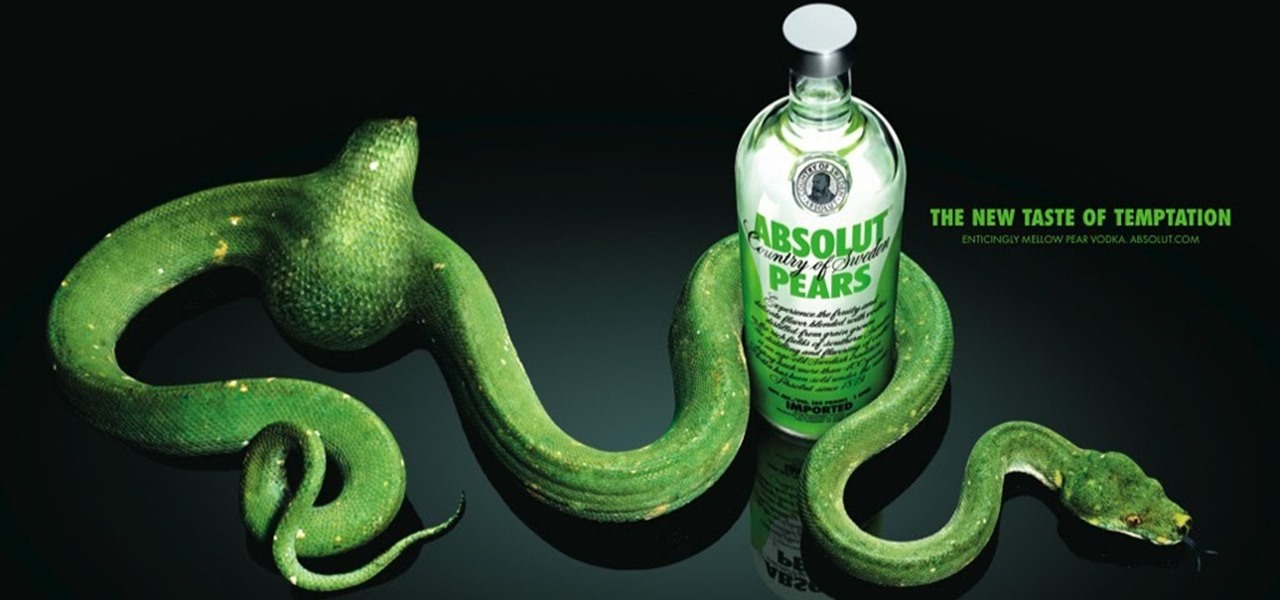




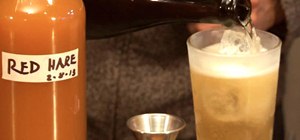
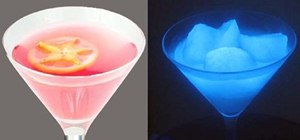
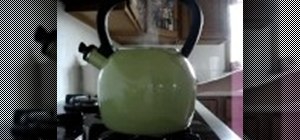
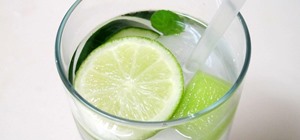

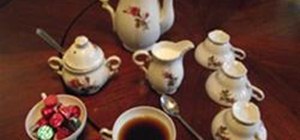


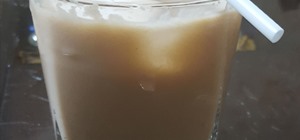
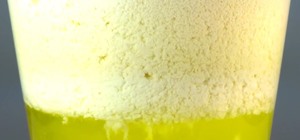
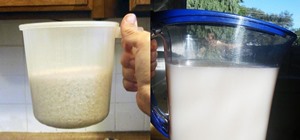

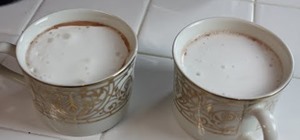
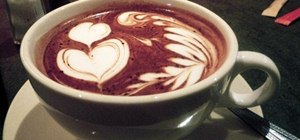


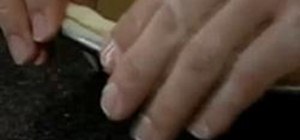


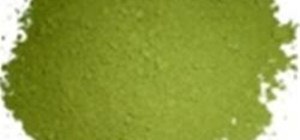
Be the First to Respond
Share Your Thoughts